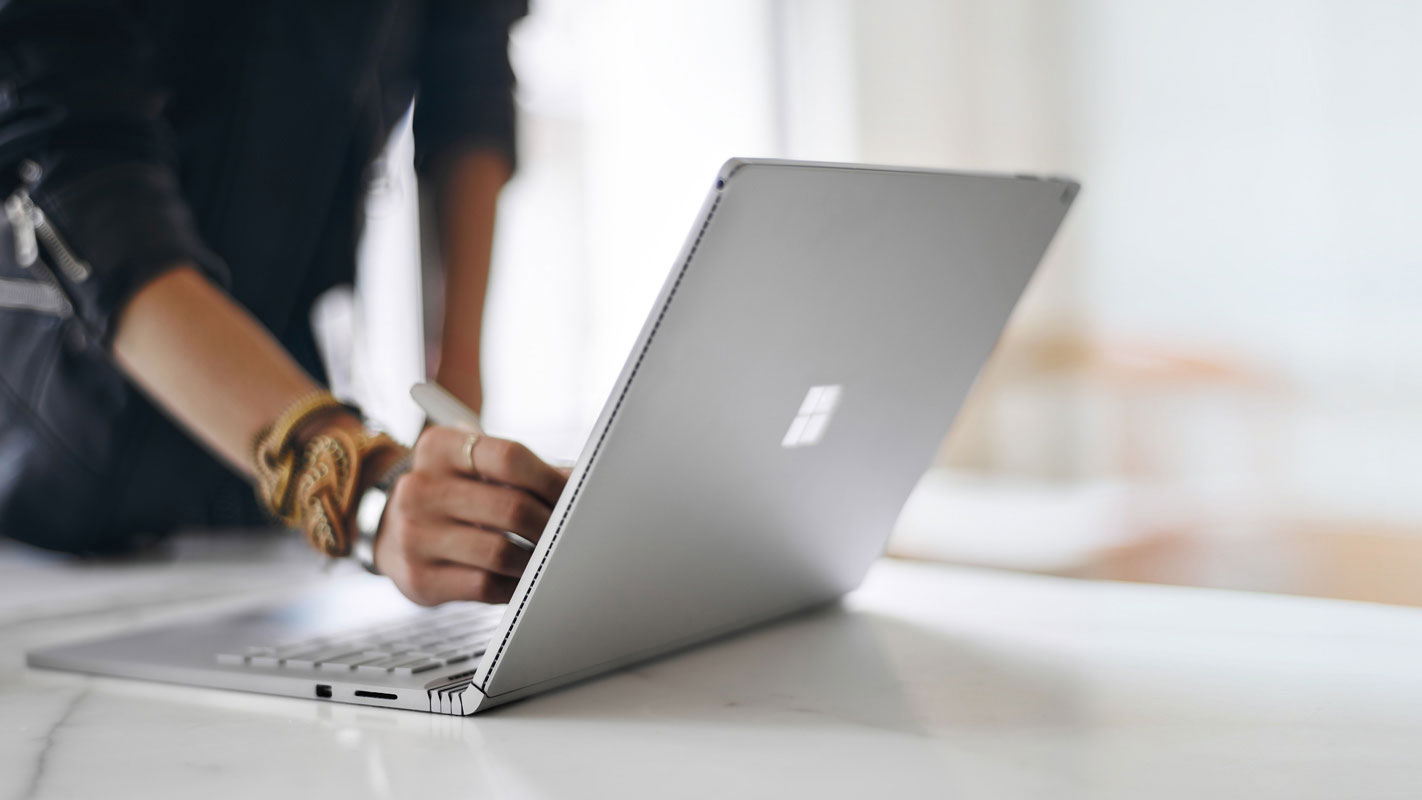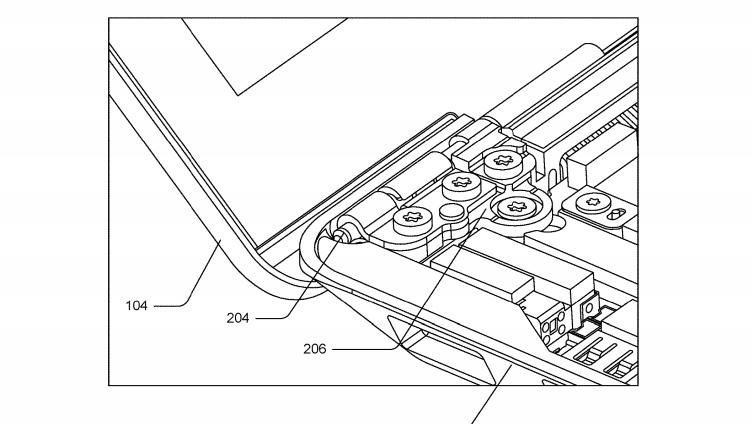Microsoft wants more durable hinges to stop laptops from breaking
Open and shut case

A new patent has been published which suggests that Microsoft is looking into ways to make the hinge in future Surface devices more durable – while making those devices ever thinner.
The patent, called “high strength hinge mechanism”, was spotted by Windows Latest, and shows how Microsoft plans to include a high strength hinge mechanism that attaches the display to the base of the future device.
- The best 2-in-1 laptop 2019
- Best laptop for writers: the 10 best laptops for authors and journalists
- Surface Book 3: what we want to see
The hinge uses a friction element and cylindrical shaft, and as the patent explains, “The rotation of the shaft enables the display portion to be rotated from a closed position to a fully-open position. The hinge mechanism also includes a frame structure to support the friction element and the shaft.”
The new hinge would be stiff enough when open to allow people to use the touchscreen without damaging the device.

Point of failure
Hinges in devices like laptops are put through a lot of stress – with devices opening and closing thousands of times during their lifetime – which means they can often be the point of failure.
The fact that devices are getting thinner – and therefore more fragile – is also a concern, so it’s good to know that Microsoft is looking into ways of ensuring that even the thinnest devices have durable hinges.
According to Microsoft, “During testing, the shaft of the hinge mechanism experienced reduced stress and reduced incidence of failure during drop testing due to the improved support that the frame structure provides,” which hopefully bodes well for the increased durability of any future device that features the new hinge.
Get daily insight, inspiration and deals in your inbox
Sign up for breaking news, reviews, opinion, top tech deals, and more.
- These are the best laptops of 2019

Matt is TechRadar's Managing Editor for Core Tech, looking after computing and mobile technology. Having written for a number of publications such as PC Plus, PC Format, T3 and Linux Format, there's no aspect of technology that Matt isn't passionate about, especially computing and PC gaming. He’s personally reviewed and used most of the laptops in our best laptops guide - and since joining TechRadar in 2014, he's reviewed over 250 laptops and computing accessories personally.